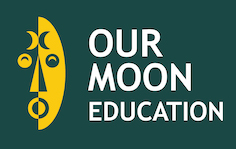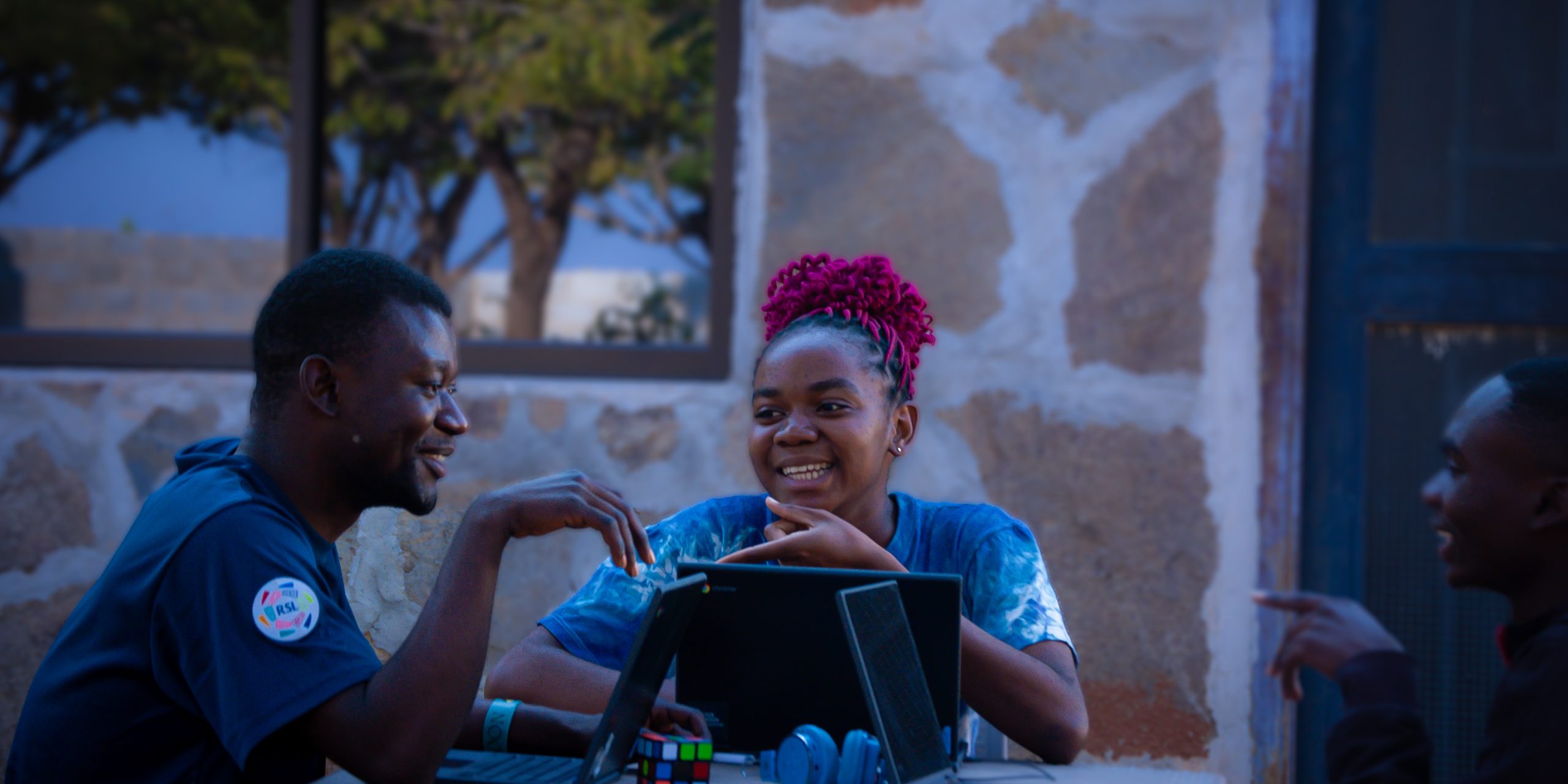Gender refers to the social characteristics of women and men such as norms, roles and relationships of and between groups of women and men. Gender roles vary from society to society. In this modern era, they are continuously being renegotiated and re-evaluated. While most people are born male or female, they consciously and sub-consciously learn appropriate norms and behaviors – including how they should interact with others of the same or opposite sex within households, communities and the workplace. When individuals or groups don’t fit established gender norms, they often face stigma, discriminatory practices or social exclusion. These can adversely affect health. It is important to be sensitive to different identities that don’t fit into the binary male or female categories.
Men and women are intractably different: biologically, psychologically, spiritually, and emotionally. Gender equality, as my society often interprets it, has less to do with equality and more with women becoming more like men. In practice, it has resulted in women pursuing careers at the expense of marriage and family. In the long run, it can make it difficult for families to re-form and decide on their roles in two income households.
Males may believe that to be masculine they should be in control and appear unemotional, be the dominant partner in a relationship, exert pressure or force on their sexual partners, become sexually active early and have many partners, work in careers that are mechanical and analytical, assume responsibility as the ‘breadwinner’ achieve status by earning lots of money, take risks to prove their manhood and resolve conflicts with violence. Females may believe that to be feminine they should be emotionally sensitive and vulnerable, submit to the wishes and demands of a sexual partner, have children regardless of personal wishes, meet the needs of others before their own, choose careers in the ‘helping professions, be physically active by someone else standards, tolerate sexually harassing behavior without complaint, assume responsibility for sexual assault or rape and also avoid non-traditional careers in math or the sciences. A first step in overcoming stereotypical thinking is to be aware of what stereotypes people hold.
In Zambian society, I don’t think genders are yet equal. Even from a young age, boys are regaled by their parents; girls are sent to do chores. That being said, what equality we do currently have has put an incredible amount of pressure on the women folk. In some relationships, women are expected to be the child caregivers, work full time and also do the household work and cooking. So, in households where the men still wear the pants, so to speak, women definitely are being hurt by having far too many tasks on their plates.
Zambian women are not looking for special ‘treatment’; they are looking to be treated as ‘equals’. Women don’t want man and woman to switch roles, they simply want the same opportunities. Worldwide most companies recognize that equal rights should exist between men and women.
Gender equality is important. It is intrinsically linked to sustainable development and is vital to the realization of human rights for all. The overall objective of gender equality is a society in which women and men enjoy same opportunities, rights and obligations in all spheres of life. Equality between men and women exists when both sexes are able to share equally in the distribution of power and influence, have equal opportunities for financial independence through work or through setting up business, enjoy equal access to education and the opportunity to develop personal ambitions, interests and talents, share responsibility for the home and children and are completely free from coercion, intimidation and violence both at work and at home.
Seeing that we are a generation being raised by women (as is my personal experience), when women are empowered, humanity is empowered. That is something that is often is overlooked: the tangible benefits of gender equality to human kind as a whole. Gender equality promotes agriculture and will reduce world hunger (poverty). Women make up about 40% of the agriculture labor force in the lower income nations (3), yet women farmers control less land and have restricted access to all the investments necessary to improve agricultural productivity. Fewer than 20% of women are landholders (3). If women had the same access to resources as men, there would be an increase in agricultural outputs that could potentially reduce the number of hungry people in the world.
Gender equality also expands labor markets and improves employment opportunities for all. With women now representing 40% of the global labor force (4) and more than half the world’s university students, overall productivity will increase if their skills and talents are utilized more fully. Full participation of women in the labor force would add value to the national growth rates. In education, it contributes to higher economic growth. Over the past 50 years, increased education attainment for women and girls accounts for about 50% of the economic growth in the organization for economic cooperation and development countries. Investing in education programs for girls and increasing the age at which they marry, can improve all social and economic aspects.
Within the context of population and development programs, gender equality is critical because it will enable men and women to make decisions that impact more positively on their own sexual and reproductive health as well as that of their spouses and families. The lives of men are as strongly influenced by gender as those of women. Men are often expected to concentrate on the material needs of their families, rather than on the nurturing and caring roles assigned to the women. Gender equality and women empowerment doesn’t mean that women and men become the same, only that access to opportunities and life chances is neither dependent on, nor constrained by their sex. Barriers of gender can be overcome by educating men on gender barriers and encouraging them to help women combat these obstacles.

References
http://www.fao.org/news/story/en/item/52011/icode/ Accessed 1 February 2018
https://data.worldbank.org/indicator/SL.TLF.TOTL.FE.ZS Accessed 1 February 2018
SMLXL


